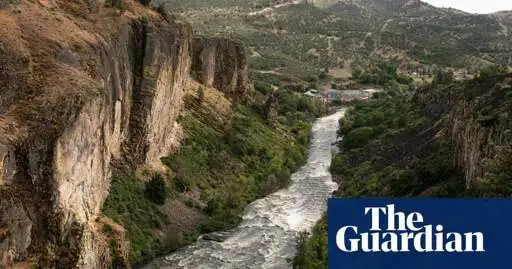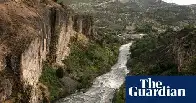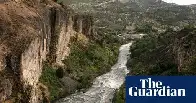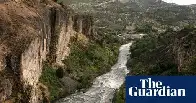The river that came back to life: a journey down the reborn Klamath
The river that came back to life: a journey down the reborn Klamath

Less than a year after four dams were removed from the river, life has blossomed along its banks, presenting new challenges and joys of recovery

Last year, the final of four hydroelectric dams on the Klamath River were removed in the largest project of its kind in US history. Forged through the footprint of reservoirs that kept parts of the Klamath submerged for more than a century, the river that straddles the California-Oregon border has since been reborn.
The dam removal marked the end of a decades-long campaign led by the Yurok, Karuk and Klamath tribes, along with a wide range of environmental NGOs and fishing advocacy groups, to convince owner PacifiCorp to let go of the ageing infrastructure. The immense undertaking also required buy-in from regulatory agencies, state and local governments, businesses and the communities that used to live along the shores of the bygone lakes.
As the flows were released and the river found its way back to itself, a new chapter of recovery – complete with new challenges – emerged.
Among the questions still being answered: how best to facilitate recreation and public connection with the Klamath while recovery continues. There are hopes for hiking trails, campgrounds and picnic spots. A wide range of stakeholders are still busy ironing out the specifics and how best to define the lines between private and public spaces.
It’s a delicate process. Not just the ecology is being restored; the Indigenous people whose ancestors relied on the river for both sustenance and ritual across thousands of years are also renewing their relationships with the land.


